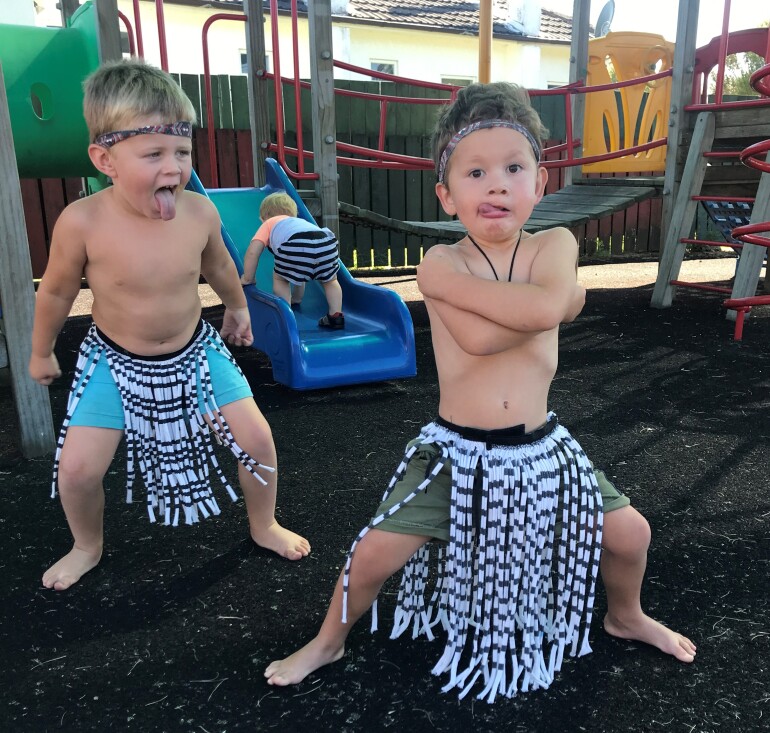News And Events

Kapa Haka
29 April 2023Kapa haka is the term for Māori performing arts, kapa means to form a line, and haka to dance. Kapa haka involves an emotional and powerful combination of song, dance and chanting. It is performed by cultural groups on marae, at schools, and during special events and festivals.
During a kapa haka performance, you'll experience a range of compositions, from chants and choral singing to graceful action songs and ferocious war dances. Many performances include skilled demonstrations of traditional weaponry.
Waiata-ā-ringa
In waiata-ā-ringa (action songs), the lyrics are supported by symbolic hand movements. The performers flutter their hands quickly, a movement called wiri, which can symbolise shimmering waters, heat waves or even a breeze moving the leaves of a tree. Waiata-ā-ringa are usually accompanied by a guitar and can be low, fast, serious, or fun and flirtatious, depending on the context.
Poi
Poi is a form of dance in which each performer skilfully twirls one or more poi (ball on a chord) in perfect unison with the others. Sudden direction changes are achieved by striking the ball on a hand or other part of the body, and the noise creates a percussive rhythm. Poi dancers are usually women, and a skilled performance will strongly convey a sense of grace, beauty and charm.
Haka
The haka is a ceremonial Māori war dance or challenge. Haka are usually performed in a group and represent a tribe's pride, strength and unity.
Actions include the stomping of the foot, the protrusion of the tongue and rhythmic body slapping to accompany a loud chant. The words of a haka often poetically describe ancestors and events in the tribe's history. Performers may incorporate traditional weapons, such as Taiaha (spear-like weapons) and Patu (clubs), into their haka.
Pūkana
Pūkana (facial expressions) are an important facet of Kapa haka. A pukana helps to emphasise a point in a song or haka and demonstrate the performer’s ferocity or passion.
For women, pūkana involves opening their eyes wide and jutting out their chin. For men, it means widening their eyes and stretching out their tongue or baring their teeth. Though these expressions may be intimidating, they are not necessarily a sign of aggression but may show strong and deep-felt emotions.
information from www.newzealand.com
Why is Kapa Haka important for children?
The most important components of kapa haka are its intrinsic link to culture and Māori identity, and the essential element of whanaungatanga, the importance of people and connectedness. Kapa haka has a dynamic role as a vehicle for the revitalisation and retention of te reo, tikanga, ritual processes and histories.
Ngā Hua a Tāne Rore: The Benefits of Kapa Haka
Kapa haka plays a large role in the revitalisation of the Māori language and Māori cultural values. It enhances positive well-being by encouraging a sense of belonging, providing a "safe haven" in which to practice te reo me ōna tikanga, whilst reinforcing social collaboration and cohesion.
Kapa haka reinforces a sense of belonging, strengthening whakawhanaunatanga, which plays a huge role toward positive feelings experienced.
Kapa haka – A catalyst for change - NZ Curriculum Online


